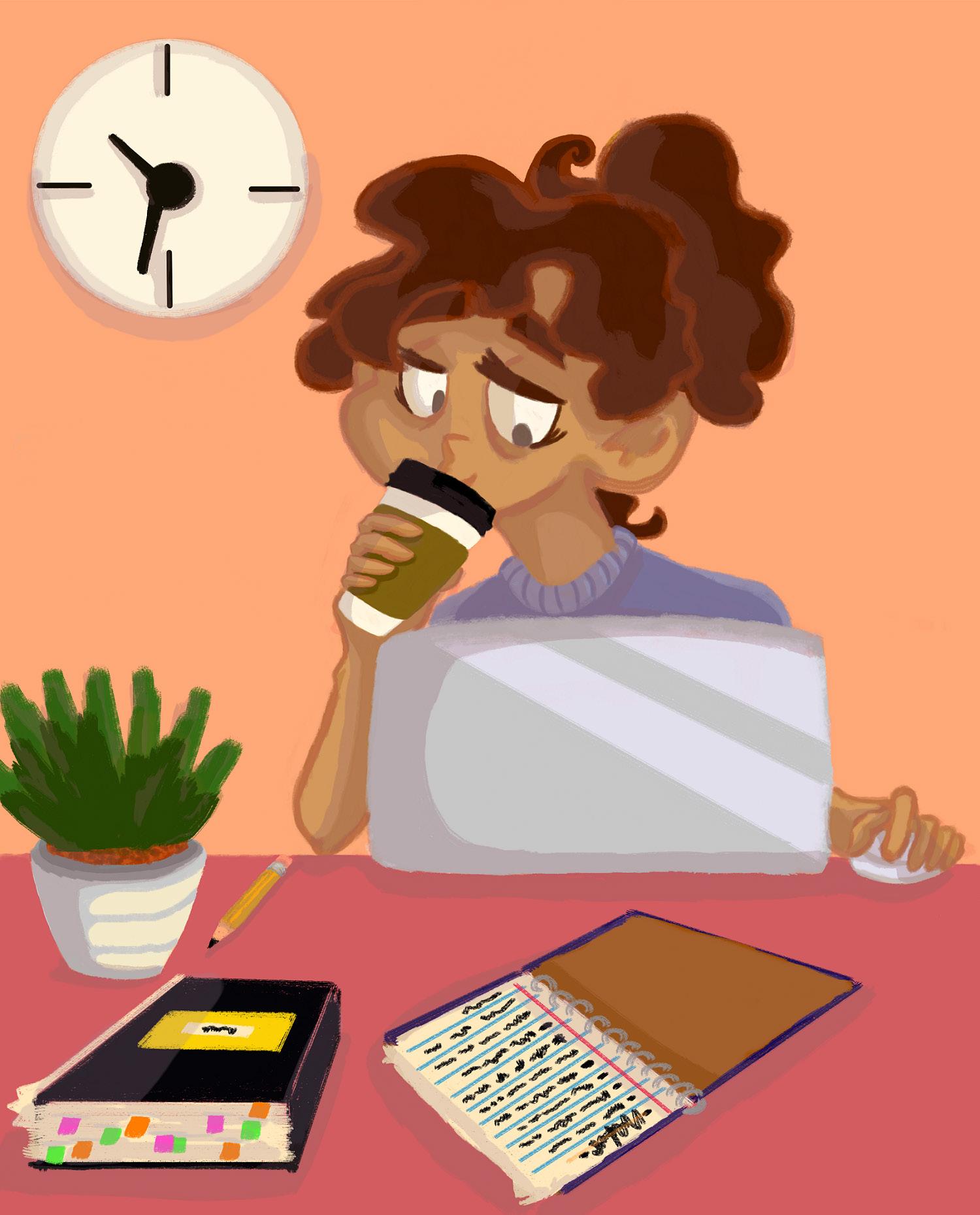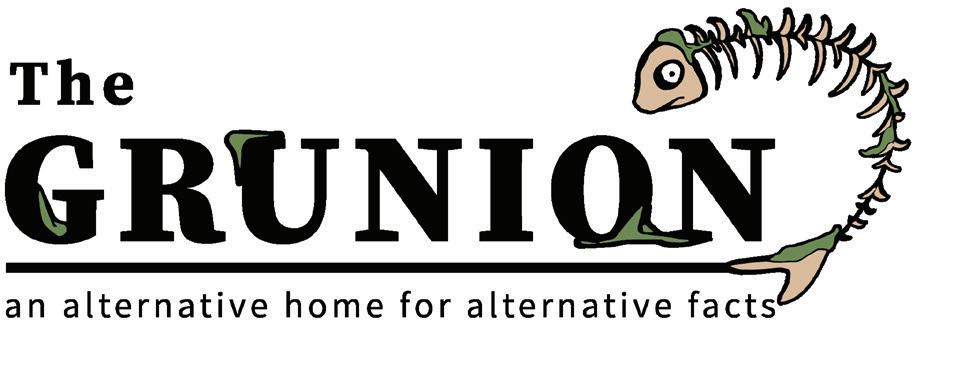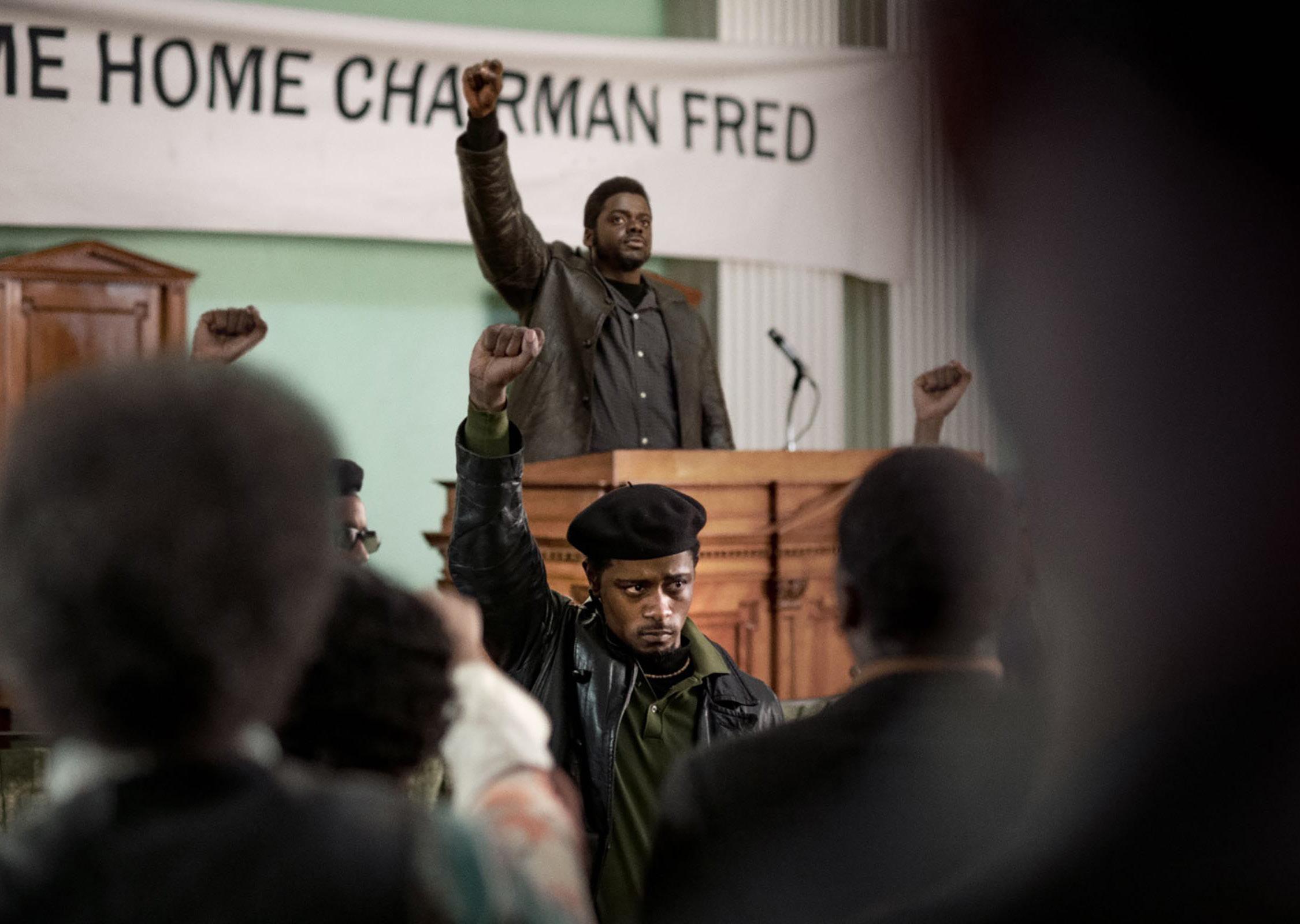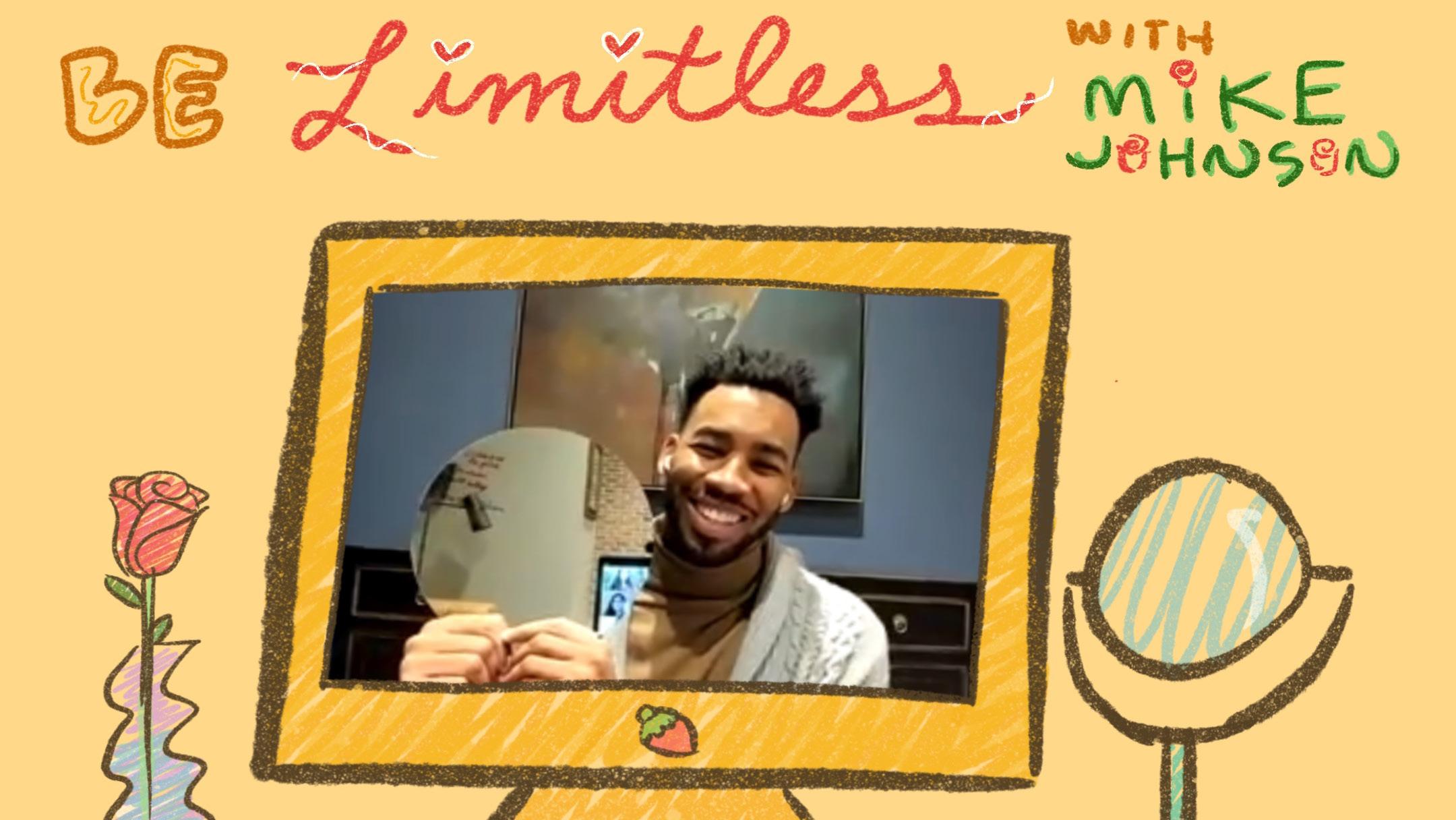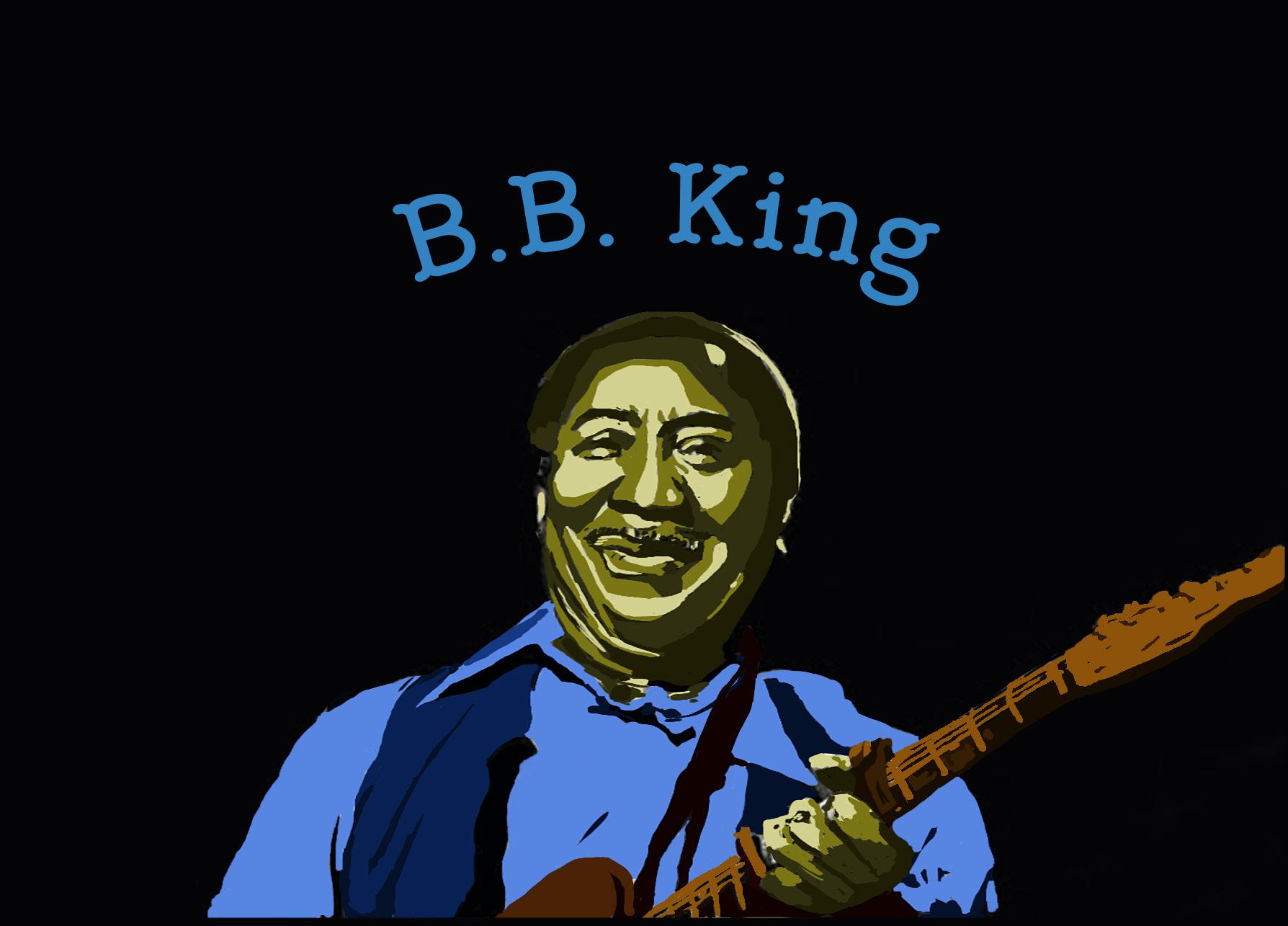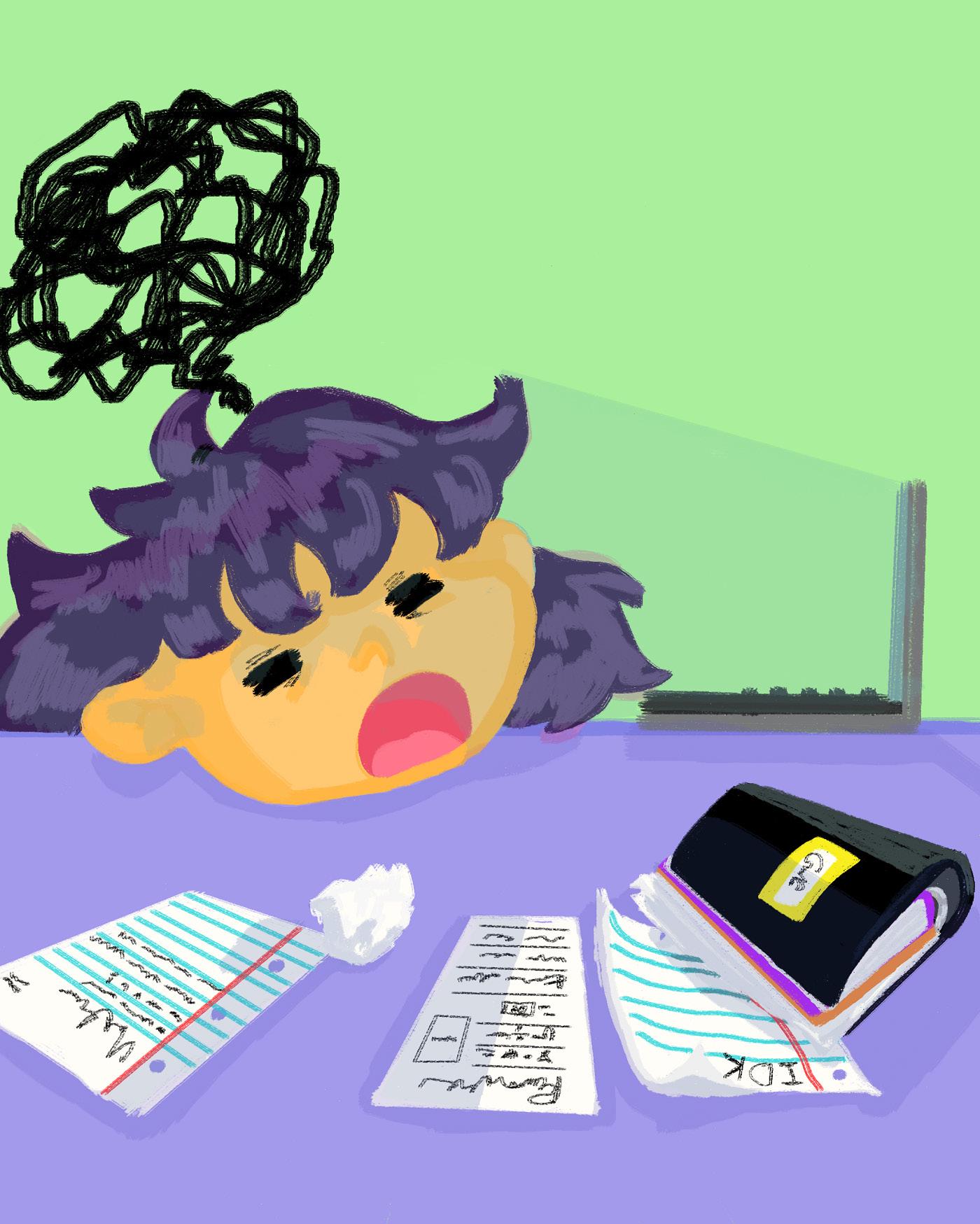
4 minute read
This Lunar New Year, I'm Thinking About Asian and Black Solidarity
How can we continue to move together towards equity and fight for each other’s rights?

By Jireh Deng
Since moving to college, I have been blessed to work with five past and current employers who are Black. In writing, I’ve also gravitated towards community spaces that center Black, Indigenous, and people of color. So coming home during a pandemic was a sobering reminder of how segregated my own community was from other communities of color.
I’ll be the first to say that I haven’t always known how to discuss anti-Blackness in the Asian American community.
But in recalling my own shortcomings, I remember many of the difficult conversations I had to have with my parents, especially with my mother this past summer in explaining the Black Lives Matter protests over the deaths of Ahmaud Arbery, George Floyd, and Breonna Taylor.
Our experiences of discrimination cannot be directly compared to that of the Black community. Theirs is a history of involuntary migration through slavery and barriers to equal citizenship through the failures of the Reconstruction Era after the Civil War, Jim Crow laws, and now mass incarceration and criminalization of Black men.
Racial scripts have been used throughout history to disenfranchise both the Asian and Black communities. The concept of “Yellow Peril” was used to paint Chinese workers in the 1800s as a threat to the American working class which led to stringent immigration laws and restrictions on citizenship. During World War II, Japanese Americans were incarcerated in internment camps and painted as a threat to national security. Afterward, Japanese Americans were propped up as a comparison to other minorities in how they persisted through discrimination and prospered. The “model minority myth” is still used today to denigrate other racialized groups as not having the work ethic to overcome racism.
Within my community, I’ve heard anti-immigrant and xenophobic language towards Muslims and Mexican immigrants. We were the ones who came here legally was the differentiation I always heard implicitly. Those people were breaking the law. They were dangerous. It stemmed from an unacknowledged fear that we were seen as perpetually
foreign and what better way to prove our Americanness than by joining in the choir of hate towards other people of color?
My parents never found a reason to discuss anti-Blackness in our community because perhaps they thought it was enough to love our Black neighbors and Black friends who ate with us and shared our space.
It’s not enough. It’s not enough because when we look at the numbers, who are disproportionately affected by incarceration rates, whose life expectancy is shorter, who holds intergenerational wealth in this country; our Black community is most disadvantaged because of past and present discrimination and racism.
Is our love all-encompassing if not hoping each of us has equitable opportunities? If not dreaming of abolition and true freedom for all of us?
As Asian Americans, we have to recognize that our experiences are different than that of our Black community. It means we may have to take a step back and acknowledge where our gaps of knowledge lie, and to listen and learn. It means we may have to hold these conversations intra-culturally so we don’t exhaust or put an unnecessary burden on our Black friends and family.
Black and Asian solidarity is possible. Before Asian American activism was even “woke” or even a political concept, Grace Lee Boggs was doing the work of an organizer in Detroit Michigan in the 50s and 60s. Her activism was deeply rooted in the working-class struggles of that time within the Black community that had not recovered from the Great Depression as white working-class Americans had. Her legacy has continued to resonate with activists and organizers today because of how she lived and exemplified Black and Asian solidarity.
We see other instances of interracial solidarity in the Farmworker Movement in the 60s that united Mexican and Filipino farmworkers in a strike for better working conditions.
It’s important to realize that our freedoms are inherently linked with each other. The rise in anti-Asian hate crimes because of the pandemic has demonstrated how easily we fall from the graces of the minority who has “made it.” Our existence in this country has always been conditional upon our willingness to strive towards assimilation quietly.
It takes the work of all of us to recognize that difficult conversations need to be had. If we are truly committing to justice and equality, it must be radically inclusive. That we must reach across differences into unfamiliar territory. This takes time and learning, but almost anything hard-won never comes easy. The goal is liberation against racism and discrimination that affects all of us.
Reading recommendations: Cathy Park Hong’s “Minor Feelings” and Ijeoma Oluo’s “So you want to talk about race.” Reach out to jireh.deng@gmail.com if you would like to join in discourse and conversation on the Asian Social Justice Book Club’s Slack.




